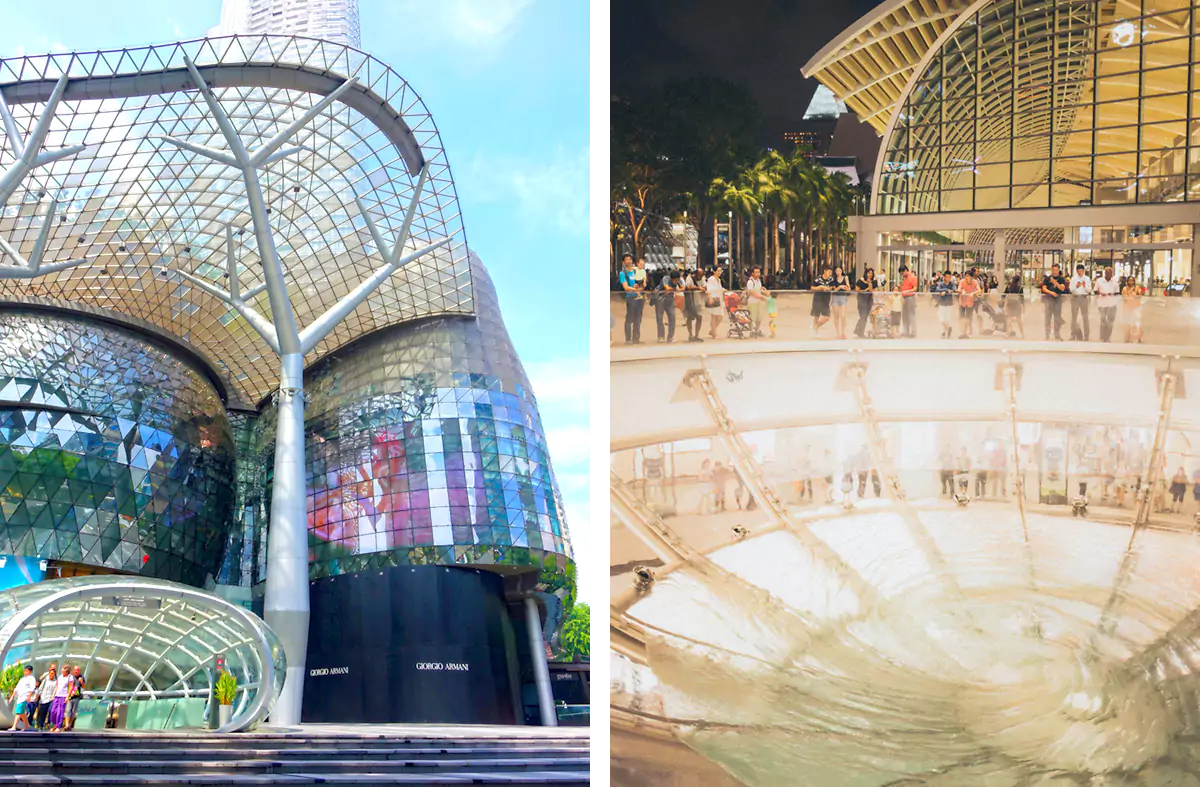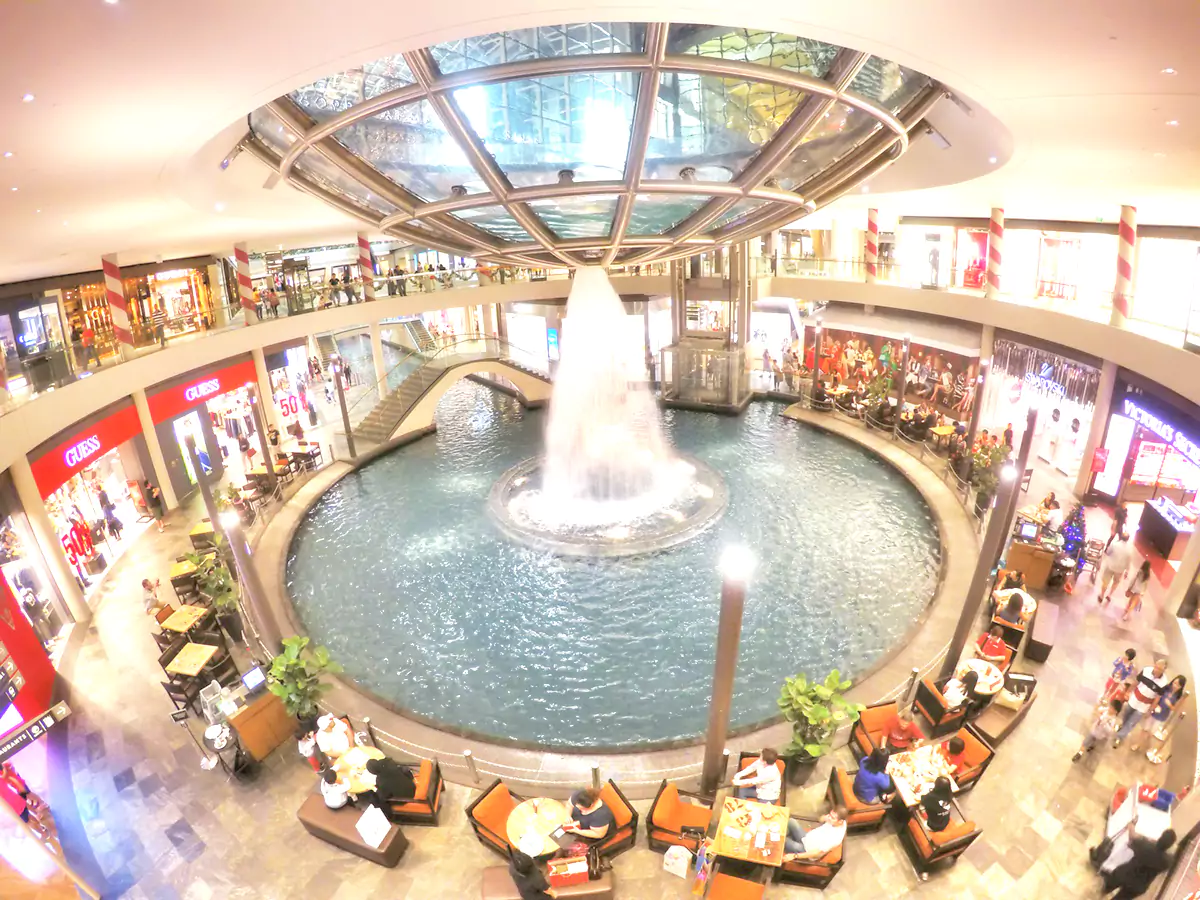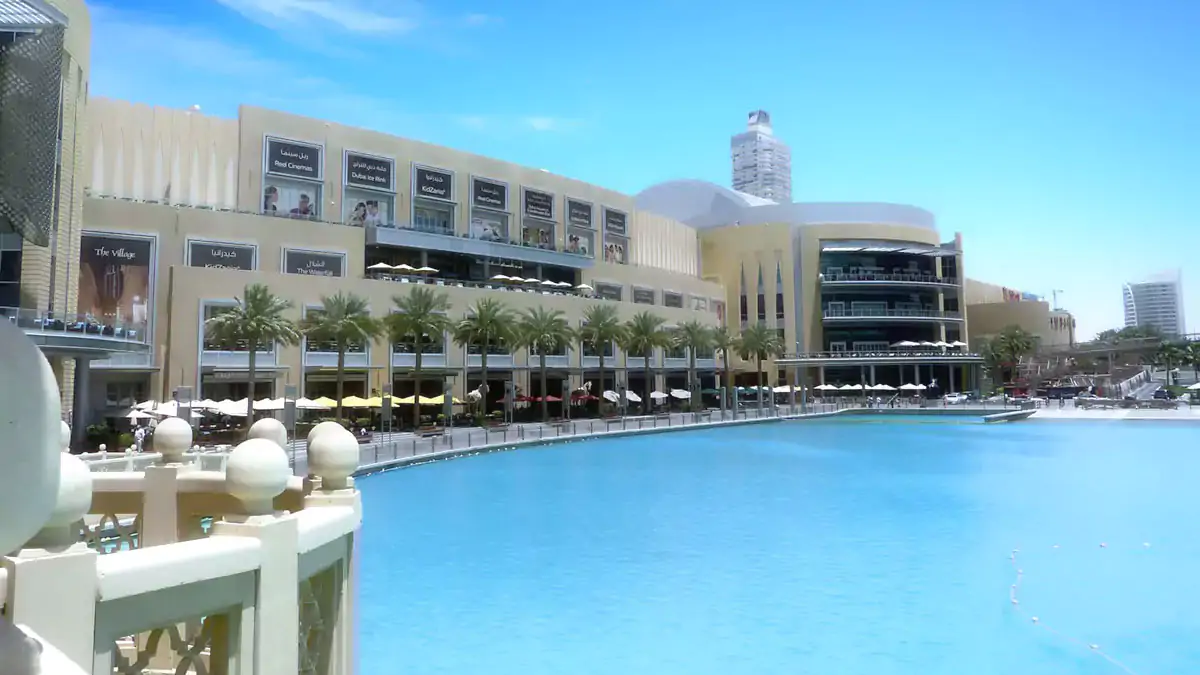It’s a known fact that shopping centres around the world need to reinvent themselves to avoid falling sales. One of the main causes of the decrease in influx to large stores and therefore declining sales, is the migration of purchasers to online sales services. Experts say that this latter market, which continues to grow year after year, in the USA represents 15% of retail sales, whilst in Spain, it only reaches 4% of the total. The consequences are highly visible and estimates indicate that in the next five years, the US will close 1 in 4 of its shopping malls, in other words, 300 of the 1,200 that it has left, whereas in France, 1 in 5 large stores are predicted to close. From this perspective, in order to attract new visitors and prevent existing ones from leaving, many shopping mall owners have taken the initiative to make new investments.

These new investments are aimed at offering more than just products that are well-exhibited in the spaces delimited by each of the stores. The word is “experience”. One of the first trends to take advantage of the synergies and offer a much broader experience than simply just buying, was the installation of cinemas in shopping centres. However, in order to survive changes in today’s purchaser habits, shopping centres are dedicating more and more space to eating areas and they are diversifying in investments in leisure facilities. Their objective is to get customers to visit stores as if they were tourist attractions; to be entertained, to be excited, to stroll around, to look, learn and enjoy…The equation is clear: for each client that comes to eat or fill their leisure time in the shopping mall, there will be one, two or three more accompanying them. Moreover, the more time they spend in the centre with their companions, the greater the sales will be.

The examples are numerous: X-Madrid, which opened its doors last November, allocates 60% of its 39,000 m2 of area to leisure and eating areas. In this area, there is a zone for beach volleyball, another for climbing and a diving centre with a 15-metre deep pool. Intu Costa del Sol, the largest shopping centre in Spain, with 235,000 m2, still underway, will dedicate 40% of that area to leisure, “experience” and entertainment: theatre, concert hall, urban farm, restaurants…even a hotel integrated in its enclosure. Open Sky, a large store that the French operator Phalsbourg will open in Torrejón de Ardoz this year, with 30% of its space dedicated to leisure, will offer two interior lakes and a 1,000 m2 children’s leisure area, among other attractions. In the United States, in New Jersey, the American Dream Mall project will feature the second largest water park in the world, a Nickelodeon theme park and two small golf courses. In the United Kingdom, some of the largest shopping centres house aquariums, ice skating rinks and ski slopes. In short, the trial of a great diversity of shopping-centre formats is a process that has just begun, and there is still no dominant model that will replace the traditional one.

Sources: Libremercado, El País, Moda.es, La Vanguardia, BBC, El Español, Abfjournal.






